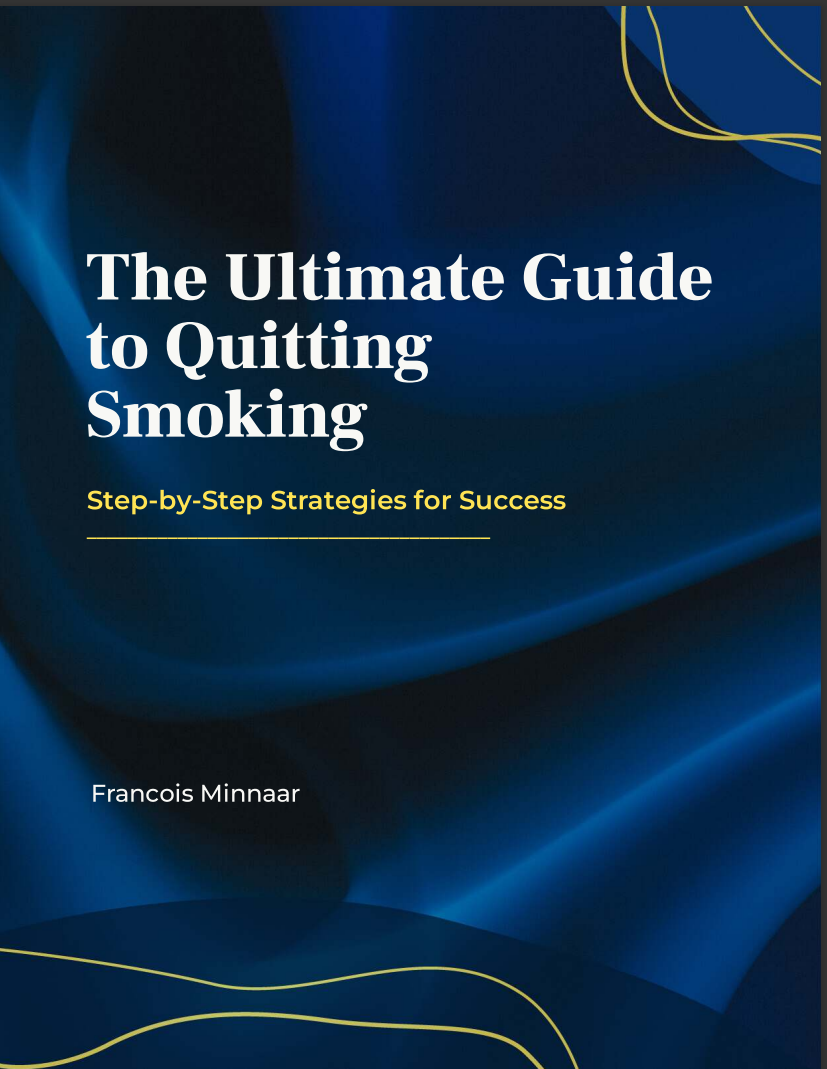From Intense Cravings to Freedom: Understanding and Overcoming Withdrawal After Quitting Smoking
Withdrawal pangs, or cravings, are typically most intense in the early days after quitting and gradually weaken over time. Here’s a general breakdown of when they’re the worst and how they tend to fade:
1 to 3 Days After Quitting
Peak Intensity: The first 1 to 3 days are often the hardest because this is when nicotine levels in the body have dropped significantly or are entirely gone, triggering physical and mental withdrawal symptoms. Common symptoms include irritability, anxiety, intense cravings, and restlessness.
Why It’s So Tough: Nicotine is an addictive substance that creates a physical dependence. When nicotine levels drop, the brain reacts strongly to the lack of it, causing cravings.
3 Days to 1 Week
Starting to Ease Up: Cravings can still be intense, but they usually start to become slightly less severe after the third day as the body continues adjusting to the absence of nicotine. However, psychological cravings can still be quite strong, especially when triggered by habits and routines.
2 to 4 Weeks
Gradual Improvement: By the second to fourth week, the physical aspects of nicotine withdrawal have generally subsided for most people. Cravings are less frequent and less intense. This period can still be challenging because the habit and routines of smoking, as well as emotional triggers, can cause lingering cravings.
1 to 3 Months
Significant Decrease in Intensity: After a month or two, most people report a noticeable decrease in withdrawal symptoms. Cravings become shorter and easier to manage, although some may still experience occasional strong urges, especially when under stress or exposed to familiar smoking triggers.
6 Months and Beyond
Rare, Occasional Cravings: For most ex-smokers, intense cravings are rare after the six-month mark. Occasional, brief urges might still pop up, often triggered by certain memories or environments. These tend to be manageable and fade more quickly.
Average Timeline for Cravings to Weaken
Most people find that cravings start to get significantly weaker after about 2-4 weeks and continue to lessen over the following months. By 3 months, many ex-smokers feel much more in control. However, some cravings related to psychological triggers may persist, which is why maintaining coping strategies is essential.
Note: This timeline is an average—some may experience more prolonged or intense cravings depending on factors like how long they smoked, how much they smoked, and individual body chemistry.Use this space to elaborate on your headline and connect with your visitors. You can build on the first idea or add your second point. Now that you've got your visitors' attention, let them know what they can expect, and encourage them to explore your site.
